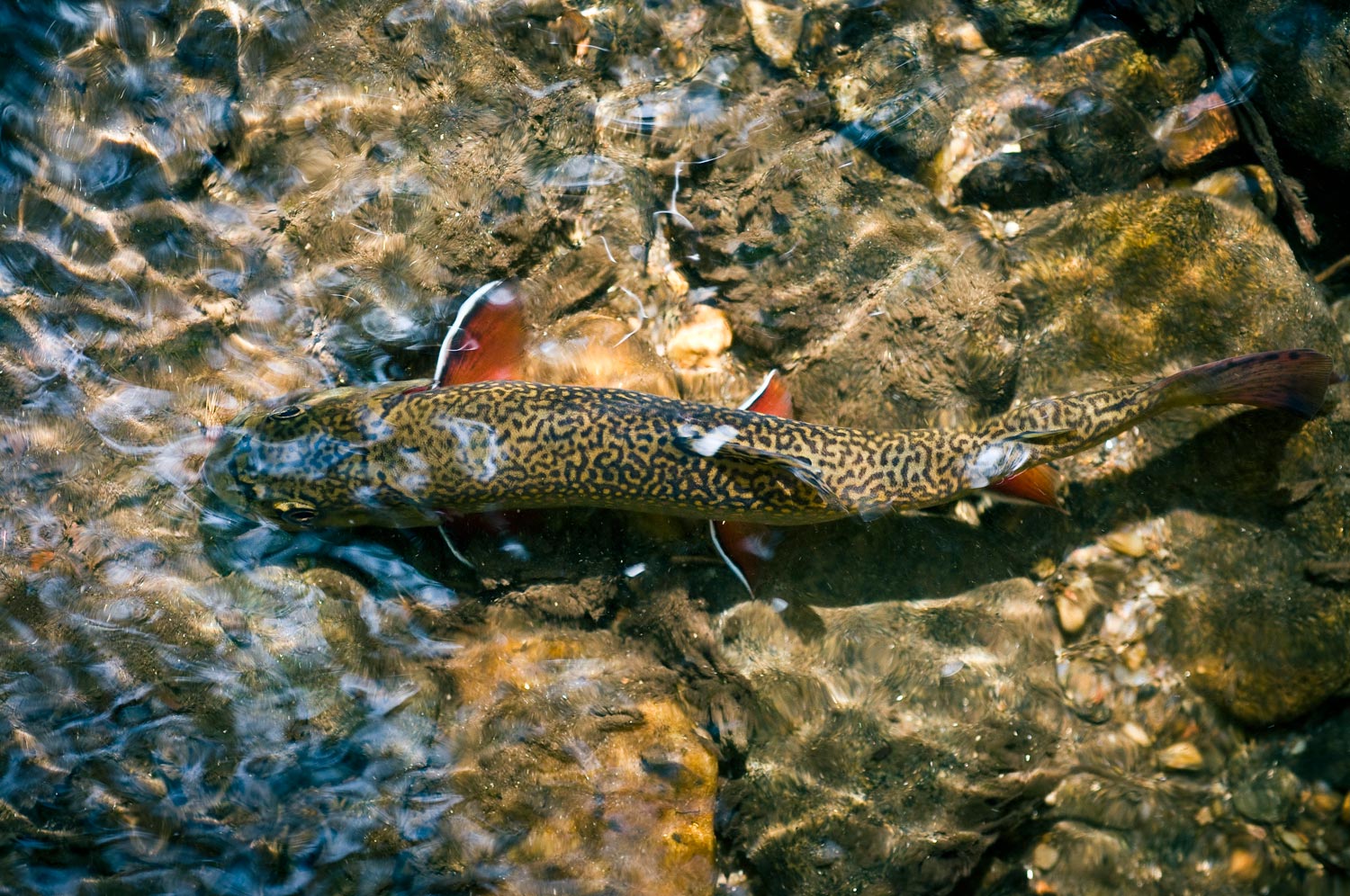“I thought you might like these,” my brother Tom holds out an old yellowed envelope. “I found them going through some of Pete’s things.”
William Starling Cahill, who preferred to be called Pete, was my Grandfather and the man who taught me to fly fish. He’s been gone for many years now but from time to time little gems that he left behind will turn up. My brother now lives in Pete’s old house which puts him in a good position to uncover relics.
I open the envelope and into my hand spill two feathers, dark down one edge and bright yellow along the other. “Ooooohh,” I exclaim and catch Tom’s eye, “Unobtainium.”
Yellowhammer is what we call them here in the south. The Yellow Shafted Flicker, a delicate little woodpecker who’s hammering used to echo off the hills of the Southern Appalachians. He’s almost completely silent now, shotgunned to the brink of extinction. Just having those two little feathers now could land me in jail. The Yellowhammer is heavily protected, now that it’s pretty much too late.
Yellowhammer is what we call the fly too. The one that’s tied from those feathers. It’s a wild, buggy looking thing. You wouldn’t expect a trout to eat it, but they do, like there’s no tomorrow. It’s a pattern as old as the little abandoned country church I pass on the gravel mountain road that leads to the stream I don’t tell anyone about. It’s as old as the graves there in the church yard and just as forgotten, but I still fish it.
It’s the perfect fly to catch Southern Appalachian Brook Trout. The Brookie, or Speck as they used to call them, is our only native trout. Forced south from New England by the ice age long before there was an England, new or old. When the ice retreated, like lots of folks who visit the south, the brookies stayed. They evolved, adapted to their new home and, like the Scotts and Irishmen who came to these mountains, they ended up just a little different from their northern cousins.
They are as scarce as the yellowhammer now, but with none of the protection. The old folks tell stories about catching them sixteen inches long in the same streams where today an eight inch fish is something to brag about. Come to think of it, the old man who told me that story is gone now too.
Go to one of those fancy sushi places in town and have a look around the saltwater aquarium. You won’t find a fish that compares to them. Persimmon orange and hemlock green, the gold of autumn grain, blood red spots with halos as blue as October skies. Black mouths and on every fin a crisp white edge from Gods own pallet knife. They are gem stones lost in the stream. They are swimming jewelry.
If you want to see them you have to go like a penitent, on hands and knees through briars and rhododendron. You have to clean spider webs from your ears and dirt from under your nails. You have to climb and hike and crawl to them. You have to climb the waterfalls that the rainbows and browns can’t pass. You have to hike farther than the bait fisherman will go, with their bread bags ready to stuff full of trout. You have to crawl through the thicket at the end of the trail. That’s where they live. That’s the only place left for them.
If you’re willing to make that trip, get that far from town, that far back up in the woods, that far from your TV, and you PC, and your SUV, that far into Appalachia, you might find them. While your there you might see a yellowhammer. You might see me too, and you might see Pete. At least, that’s where I find him.
Louis Cahill Gink & Gasoline www.ginkandgasoline.com hookups@ginkandgasoline.com Sign Up For Our Weekly Newsletter!



Great read, Louis. Thanks.
Nicely done, Louis. Have you read Corey Ford’s “The Road to Tinkhamtown”?
I’m in the western Catskills of New York and there are two Yellowhammer Flickers in the yard as I read this. They are fairly common here.
Thanks Rick… “fairly common” sounds right up your alley
Thanks for sharing those memories. I grew up on the Tennessee side of the Appalachians, and spent a lot of my time at the University of Tennessee (my parents said too much, I say not enough) chasing specks through the mountain laurel. On a nice spring day like today, it’s fitting to remember all the “Petes” that help us find them.
Louis, Thanks for another fine article about our sport/obsession. I was raised in eastern N.C, in the flat lands but one summer(1966) before the fall term at ECU I worked my way to “Three Source” in the N.C. Smoky N. Pk where I caught my first Brookies. I’ve been in S. Oregon for many years now and we pack into the high lakes with our mules Annie and Stella where we often find Brookies. Like your article, they take me back to “Three Source”.
Well written article regarding style, etc., however VERY misleading.
I’ve been fishing the Smokies for 40 years and have never seen brook trout fishing as good as it is now. Granted, I did not fish in the days of 16″ brook and due to natural constraints, I have my doubts that 6 inchers of the sub-species in the Park were ever caught. I label that as a “fishing tale”, which I’ll give to you. Regarding the crawling, walking, etc to catch them…, one can easily DRIVE to where wild brook trout swim, and the ability to catch the “Smoky Mtn. Slam” (brook/brown/bow) can be achieved by a 14 y.o. on his 2nd ever fly-fishing trip. Regarding yellowhammers. They are a quite large woodpecker that every spring beat the crap outta the wood siding on my house! They’re so rare (sarcasm), I routinely see em dead on the roads having been hit by cars. If you know what they sound like, you’ll realize you hear them in about any patch of woods in suburbia. They’re quite common here in East Tenn and can be easily identified by white spot on their lower back as they fly in their up and down trajectory.
Thanks for reading Jim. You do realize that this story is about losing my grandfather, and not trout fishing exactly?